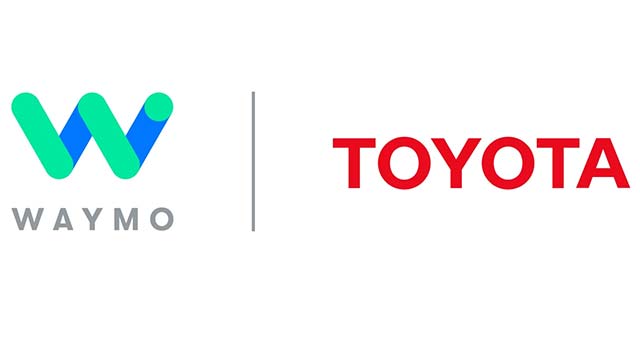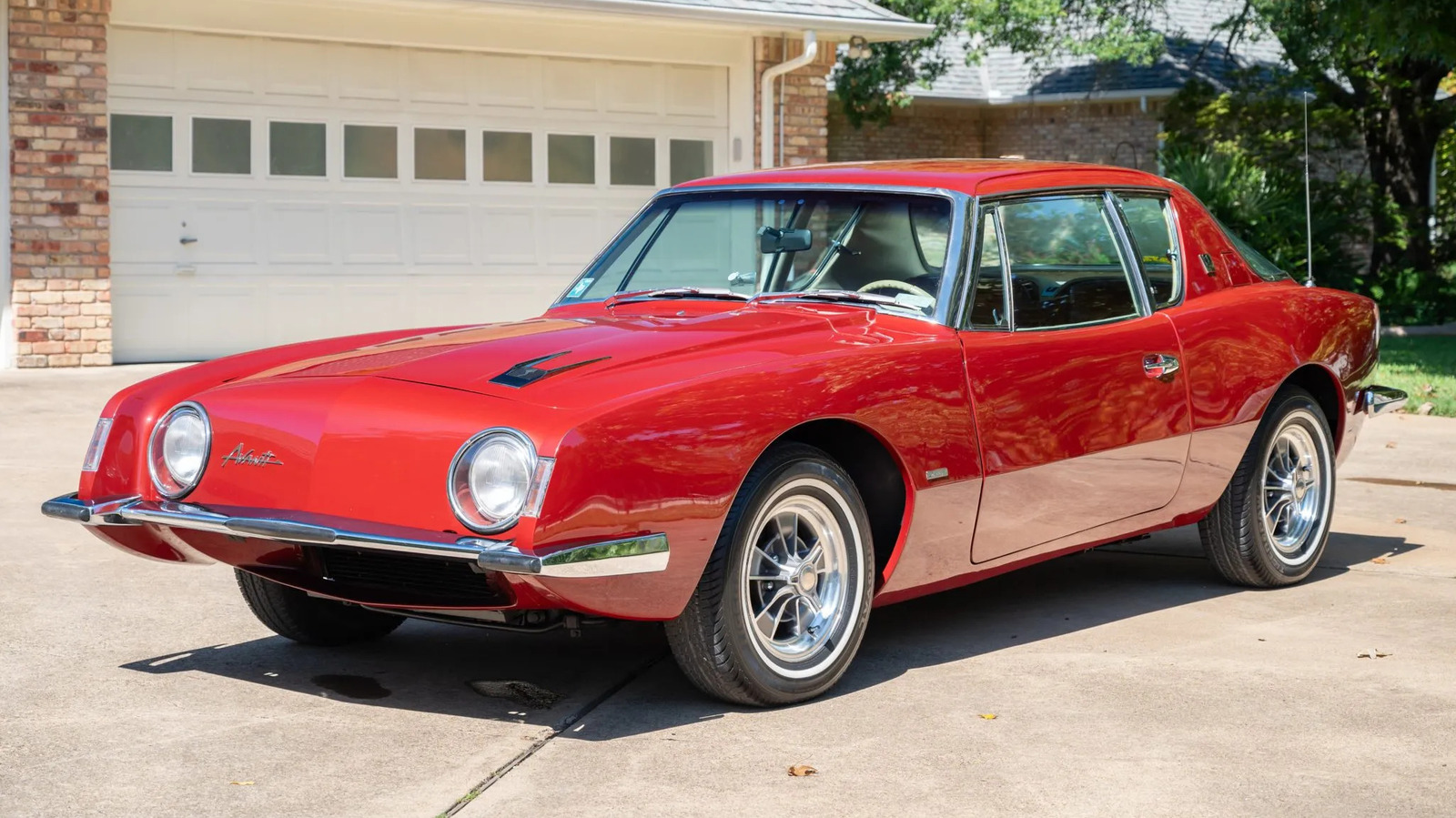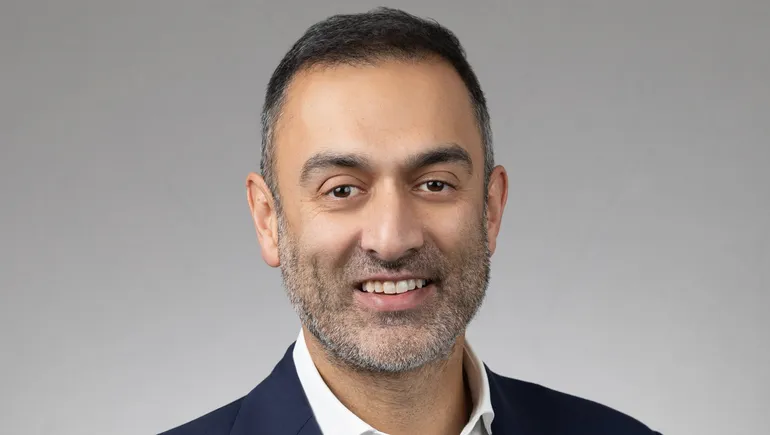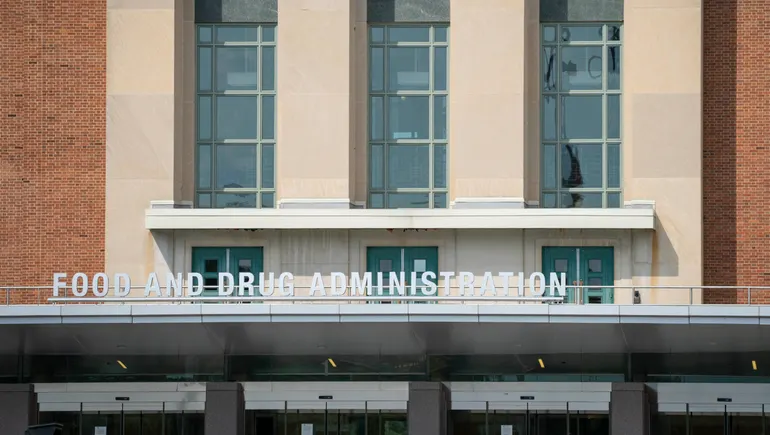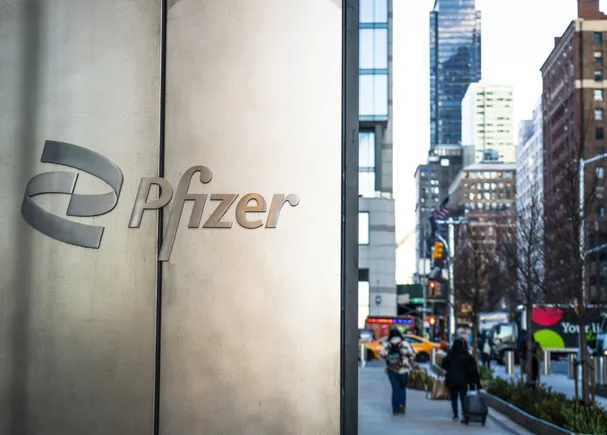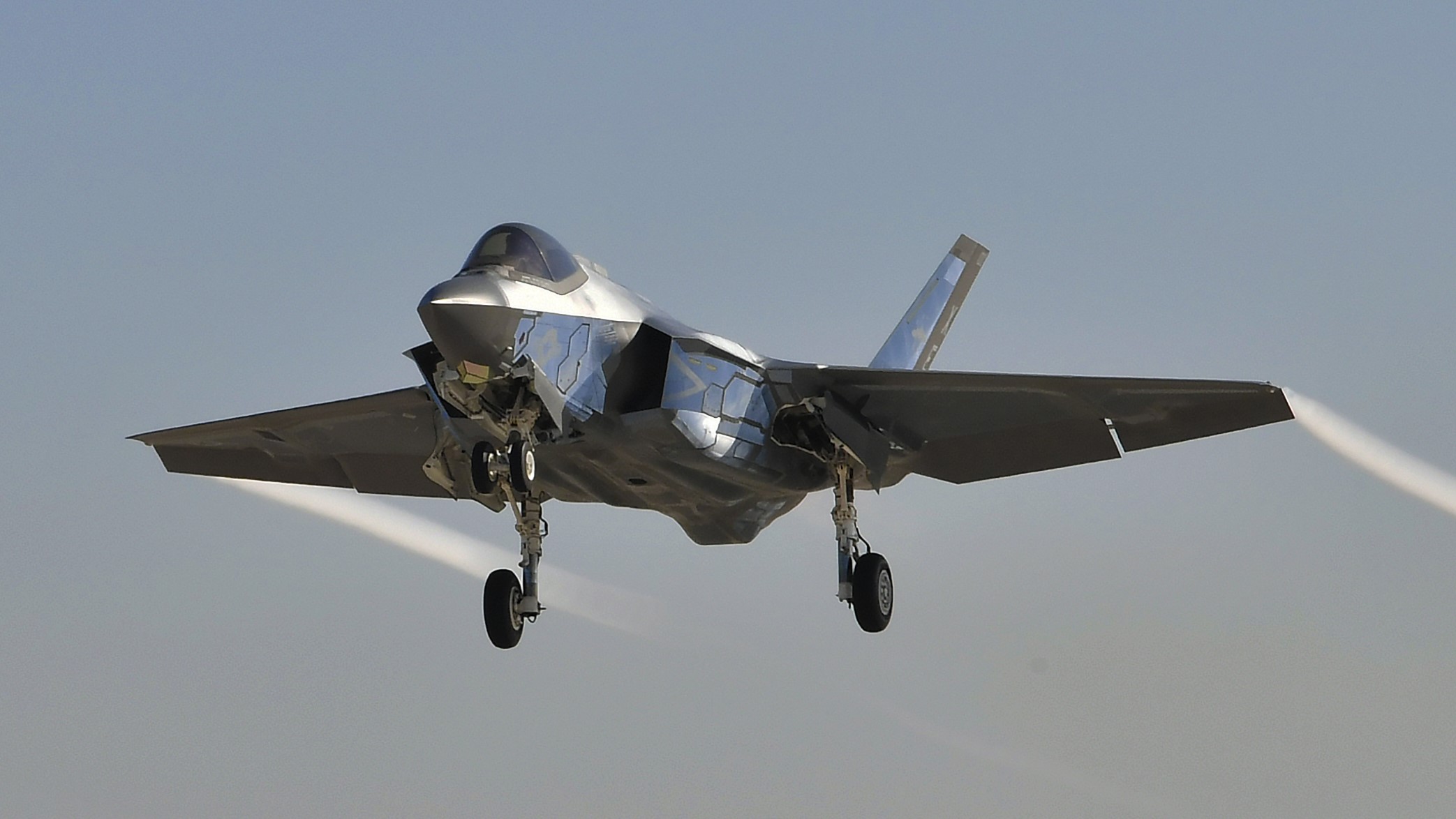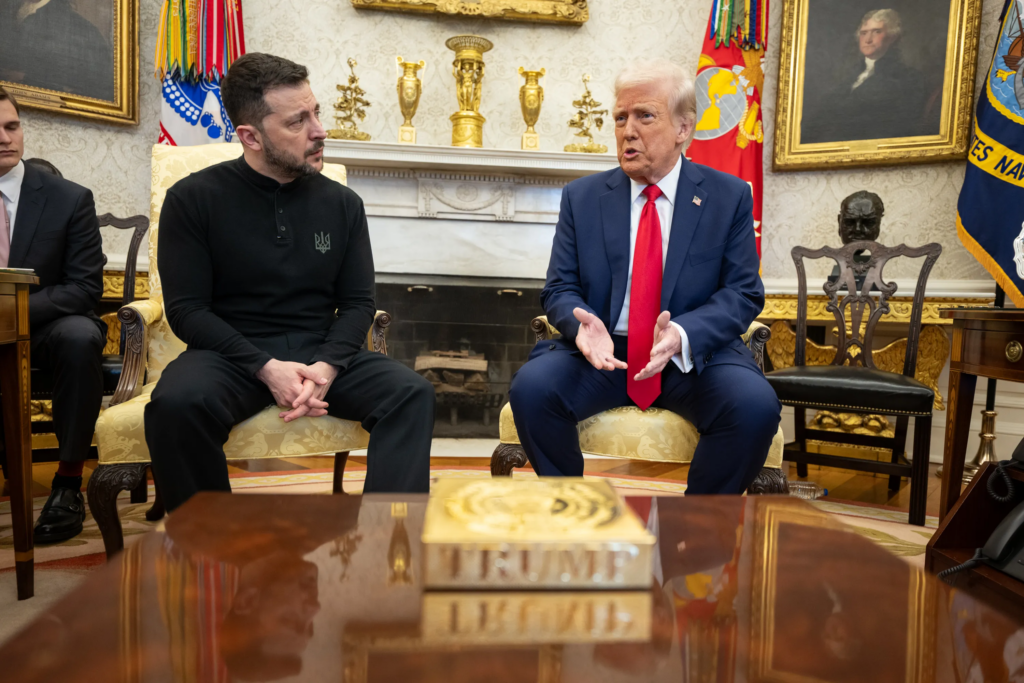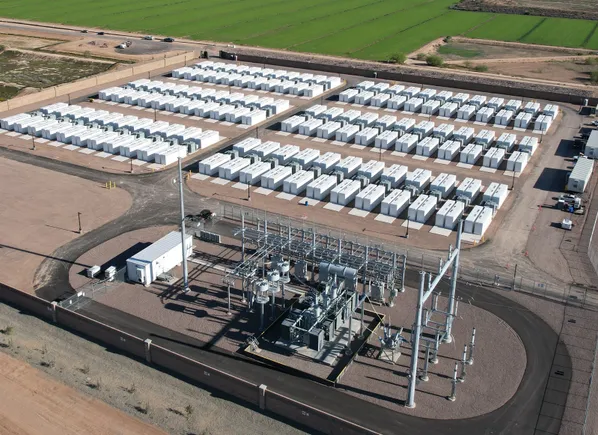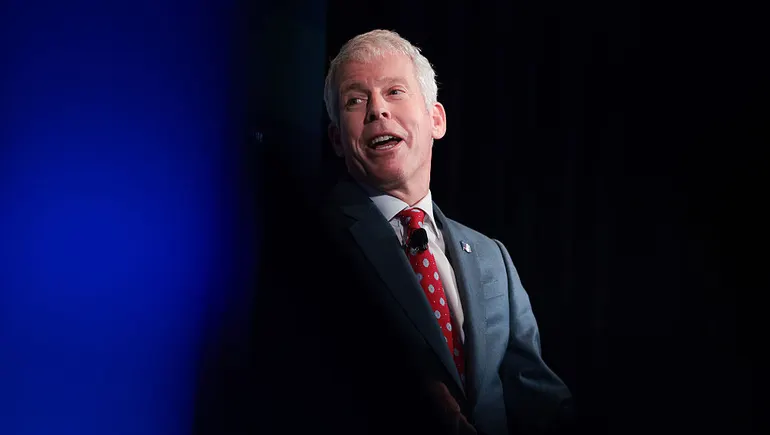Uber Freight CEO vows focus on growing opportunities for carriers
The freight arm of Uber Technologies shares growth plans for its carrier base at the company’s 2025 Carrier Summit in Atlanta. The post Uber Freight CEO vows focus on growing opportunities for carriers appeared first on FreightWaves.

ATLANTA — In a freight market still finding its footing after years of disruption, Uber Freight’s 2025 Carrier Summit offered optimism backed by action. CEO Lior Ron addressed a packed room with an update on the company’s promises, showing how data, AI and partnerships are shaping how Uber Freight is positioning its carriers to thrive this year.
“At the end of the day,” Ron emphasized, “it’s about growth and giving [carriers] opportunities.”
Toward that end, Uber Freight has seen growth across 3PL and 4PL divisions and announced a managed freight volume north of $20 billion. Even in a sluggish freight market, the company is providing more freight opportunities to carriers and using its scale to buffer against market headwinds.
A cornerstone of that growth has been Uber Freight’s relentless focus on data and technology. Ron outlined to FreightWaves how Uber Freight has slashed TMS integration times from nine months to just weeks, reducing friction for shippers and, by extension, providing easier access to freight for carriers. With platforms like Uber Freight Exchange now fully operational, carriers can access contract, spot and mini-bid freight opportunities in one place.
But Ron didn’t stop at data. AI was a dominant theme throughout his opening remarks.
Uber Freight’s use of generative AI, particularly through large language models, has allowed for over 90% accurate natural language queries on TMS data for faster decision-making. Predictive analytics and automated recommendations have tightened bid cycles and created real-time network optimization, offering shippers daily opportunities to reduce costs and improve service, while offering connected carriers more loads faster.
RELATED: Uber Freight’s Powerloop begins offering dedicated tours to carriers
Ron stressed that both shippers and carriers now operate in a “daily opportunity environment,” where fine-tuning operations even 1% every day could deliver outsize results. For carriers willing to invest in digital connectivity and strong service, the path to success is much clearer.
Beyond core freight operations, Uber Freight showcased its commitment to multimodal logistics. Significant expansion has been made across LTL, reefer, cross-border and intermodal services. The company has seen 34% year-over-year growth in intermodal, 11% growth in full truckload and more than 50% growth in reefer loads. Ron also teased Uber Freight’s increasing role in the last-mile delivery ecosystem, connecting truckload and middle-mile operations with Uber’s network of 8 million drivers to power new package delivery opportunities.
RELATED: Uber Freight could see more bookings through new broker tech
Another highlight was Uber Freight’s continued investment in sustainability and autonomy. While adoption of electric vehicles has slowed, Uber Freight remains committed, supporting early EV adopters with charging partnerships and optimized route planning. Meanwhile, autonomous trucking, including partnerships with companies like Aurora, Waabi, Torc Robotics and Volvo, is moving faster than many anticipated. Uber Freight expects the first commercial no-driver-in-cab operations to launch between Dallas and Houston as early as mid-2025, with a full production ramp-up targeted for 2027.

But in addition to technology and innovation, Ron returned again and again to the importance of trust, relationship-building and collaboration.
“At the end of the day, these carriers are our most important partners,” he said. “The economy runs on them.” Face-to-face meetings, he argued, are essential for building the strong human connections that underpin technological partnerships.
Feedback from Uber Freight’s carrier partners reinforced that message.
Mark Watson, vice president of corporate accounts and transportation intermediaries at Estes Express Lines, thanked Uber Freight for helping drive innovation across the LTL space.
Speaking to the historic fragmentation of LTL freight, Watson commended Uber Freight’s push for standardization through electronic bills of lading and simple API integrations.
“We want to lead the space in using [eBOLs], so by working with folks like Uber Freight, we can get those direct APIs to use eBOLs, which creates this seamless user interface. We do a really good job of managing our accounts, [Uber Freight] does a really good job on their end, and the customer is really happy,” Watson told FreightWaves.
Marty Freeman, CEO of Old Dominion Freight Line, echoed those sentiments in a video address, describing Uber Freight as a “trusted partner” and highlighting how technology adoption between their teams has improved communications and operations.
Charlie Wall, national account executive at DB Schenker, shared his experiences as well, emphasizing how Uber Freight’s investment in tools like the Uber Freight Spot Exchange and seamless support from the carrier management team had made a real impact.
“By combining our assets with their software technology, we’re able to offer peace of mind to customers. With tools like Uber Freight Spot Exchange, we can flex and fill same-day needs beyond our contracted lanes. DB Schenker is excited for what’s ahead and grateful for the partnership we’ve built with Uber Freight,” said Wall in a video presentation.
The Carrier Summit made it abundantly clear that in an industry still grappling with economic uncertainty, digitization and a looming autonomous future, Uber Freight is zeroing in on opportunity, efficiency and collaboration.
“The marketplace is demanding safer, faster, more reliable execution. And we’re building the technology and partnerships that make that a reality,” said Ron.
Industry unites for Freight Fraud Symposium in Dallas
C.H. Robinson delivers on AI, but investors still skeptical
Landstar anticipates fraud-related earnings hit
The post Uber Freight CEO vows focus on growing opportunities for carriers appeared first on FreightWaves.


































